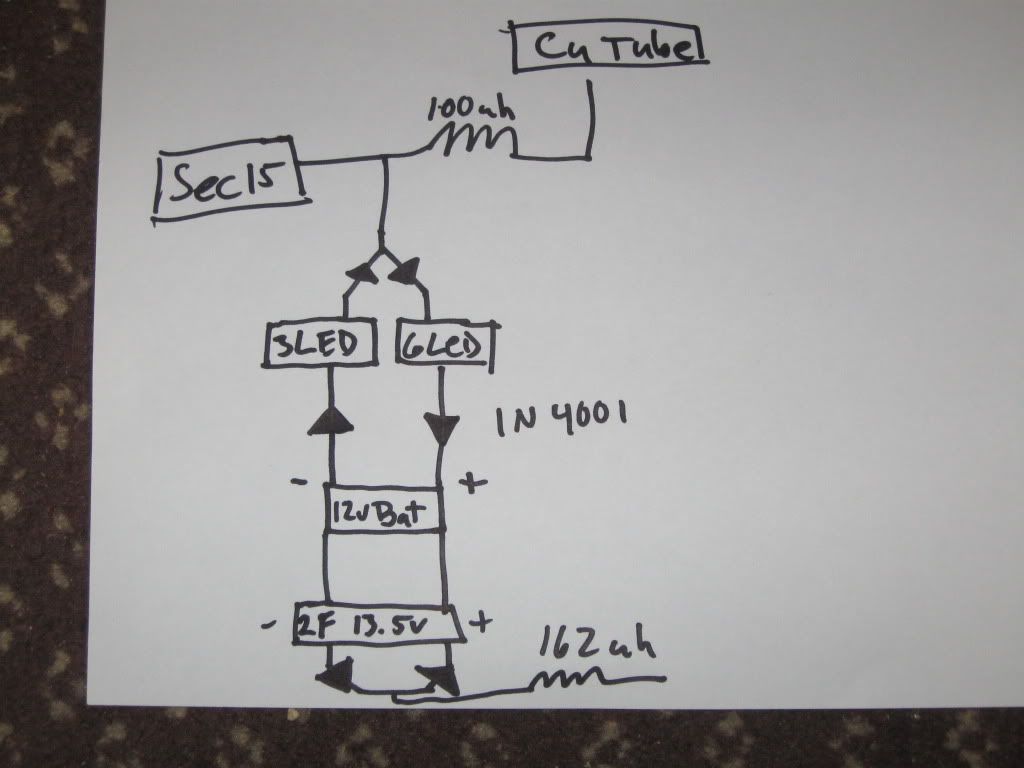Another video of Dr.Stiffler's SEC in operation
YouTube - Exploration of the SEC 18 Field at 18 volts.
This one is emphasizing how the whole circuit becomes excited.
YouTube - Exploration of the SEC 18 Field at 18 volts.
This one is emphasizing how the whole circuit becomes excited.

 and will amaze the most ardent and skeptical on what a young girl is able to do.
and will amaze the most ardent and skeptical on what a young girl is able to do.





Comment